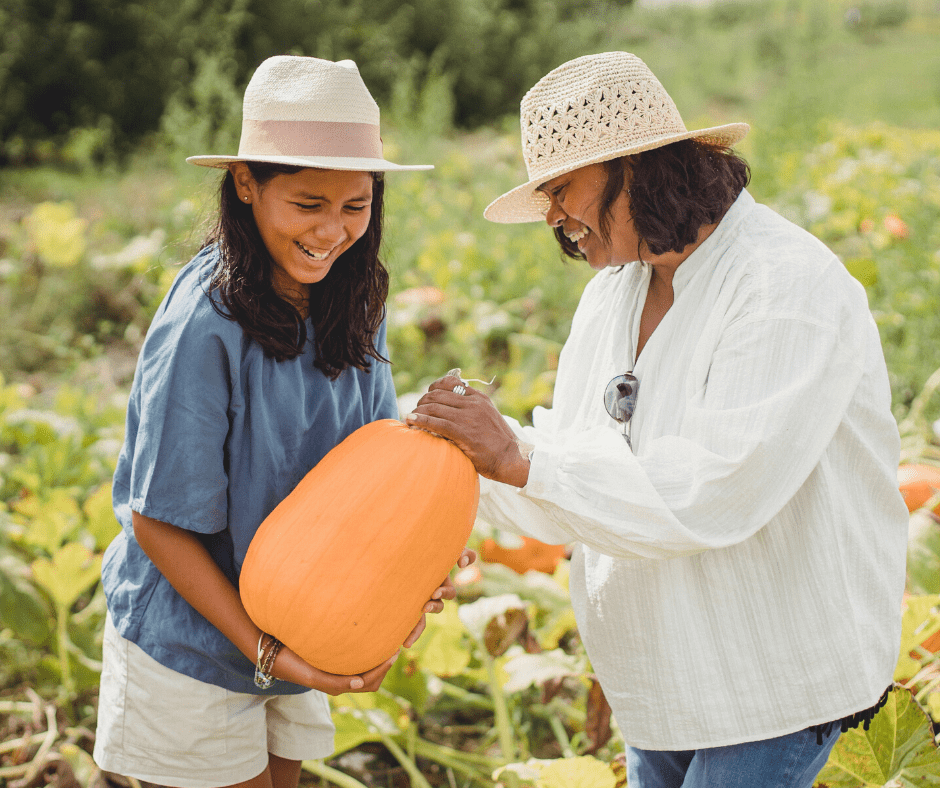
For service providers and clients alike, life is a winding road of good things here and bad things there. Actively working toward wiring your brain to acknowledge the good and appreciating those good things can help individuals shape personal strengths and build protections. Creating protective factors which can help cultivate positive mental health and generate an asset-based outlook that reaches all aspects of life.
November is National Gratitude Month
Gratitude is the practice of being actively thankful. Gratitude also nurtures a sense of community, as practicing gratitude positions individuals in a mindset of acknowledging good things (internally and externally) and the positives gained from outside of oneself.
Strength in Gratitude
Practicing gratitude can also bolster other areas of protection and resilience. It can:
- Improve one’s general mood and outlook
- Help to frame past, present, and future experiences in a more hopeful, optimistic light
- Build mindfulness and bolster your protective skills and positive coping strategies (which can be used in times of stress, anxiety, and other negative emotions/experiences)
- And strengthen relationships

Photo by cottonbro from Pexels
A Harvard Medical School article, Giving thanks can make you happier notes, a study of couples found that individuals who took time to express gratitude for their partner not only felt more positive toward the other person but also felt more comfortable expressing concerns about their relationship.
This is also a skill set that also leads to more positive outcomes when modeled and nurtured in children and youth. Studies have found that more grateful adolescents and college students are more interested in school, perform better academically, have better interpersonal relationships, and are happier with their school experience (Allen, S. 2018). Overall, the practice of gratitude leads to more positive life outcomes.
Types of Gratitude
According to Greater Good Science Center (GGSC) at UC Berkeley, there are three types of gratitude.
-
- Gratitude as an intrinsic trait – the general tendency to have a grateful disposition and outlook
- Gratitude as a mood – daily fluctuations in overall gratitude
- And gratitude as an emotion – a more temporary feeling that one may feel, for example, after receiving a gift or a favor from someone
Where to Look
It’s never too early or late to begin actively practicing gratitude. Some ways to incorporate gratitude into your routines may include:
-
- Keeping notes around with your favorite gratitude prompt and/or quote, for example:
- ‘Start today with a grateful heart.’
- “Wear gratitude like a cloak, and it will feed every corner of your life.” – Rumi
- Keeping notes around with your favorite gratitude prompt and/or quote, for example:
-
- Download an app on your phone that sends you gratitude prompts or quotes
- Modeling and teaching appreciation to children and youth
- Websites like Sesame Street in Communities provide prompts and activities to nurture gratitude in kids
- Keeping a gratitude list or journal
- This guided Gratitude Journal page from UC Berkeley’s Greater Good Science Center provides pointers for writing out the things you are grateful for and provides more details on how gratitude is beneficial to health
- The University of St. Augustine for Health Sciences provides more strategies when feeling cognitive distortions in this article on How to Retrain Your Brain for Success and Positivity
I first started actively practicing gratitude when my counselor asked me to begin thinking of 3 things I am grateful for whenever I started being in a negative mental state. As I worked on journaling thankful thoughts for the people, animals, places, and experiences in my life, I found that I was retraining my brain to focus first on the positives. The more I practice gratitude, the more I see to be thankful for.
Of course, practicing gratitude does not work for all adverse life experiences and situations. And as I noted at the start, life is a winding road of good and bad things. Practicing gratitude can be difficult. Whether taking small steps and listing a few things down a week or starting a daily journal, incorporating gratitude practice into daily life can benefit everyone and lead to fuller, brighter overall life.
References
- Allen, S. (2018, May). The Science of Gratitude. Greater Good Science Center. https://ggsc.berkeley.edu/images/uploads/GGSC-JTF_White_Paper-Gratitude-FINAL.pdf
- Harvard Medical School. (N.d.). Giving thanks can make you happier. Harvard Health Publishing. https://www.health.harvard.edu/healthbeat/giving-thanks-can-make-you-happier
Cover Image: Photo by Zen Chung from Pexels














